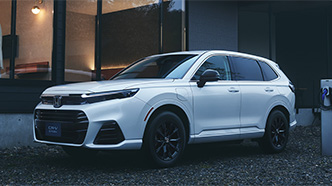Environment Initiatives

Continuing to Take on Challenges
as an Environmental Front-Runner
Honda recognizes that all corporate activities have environmental impact.
To sustainably provide the joy and freedom of mobility,
we consider the environment to be one of our top priority issues.



